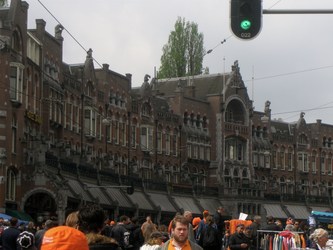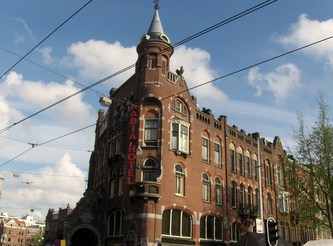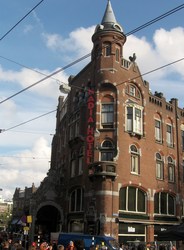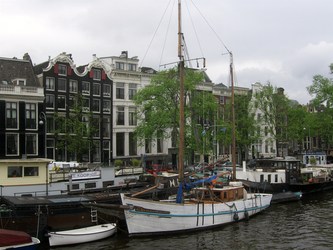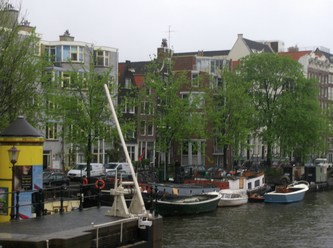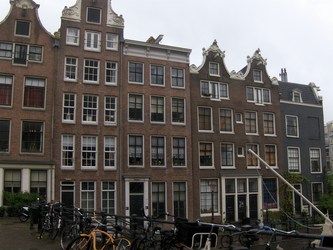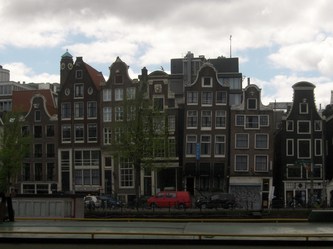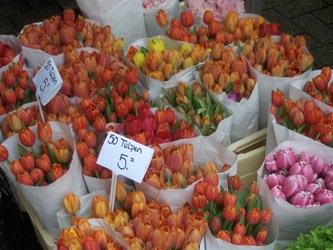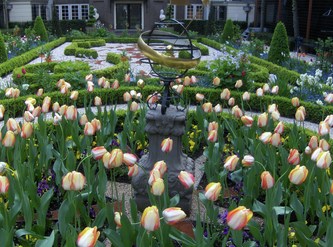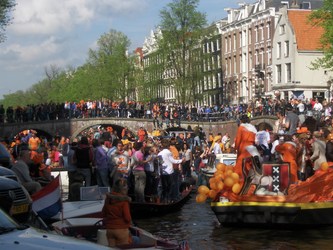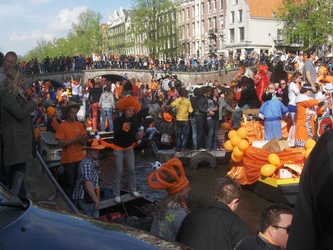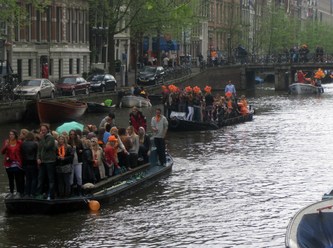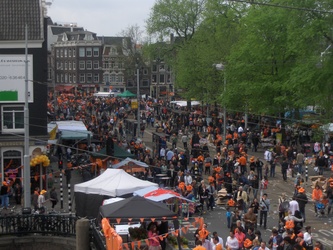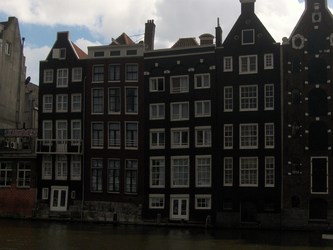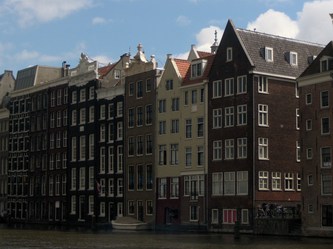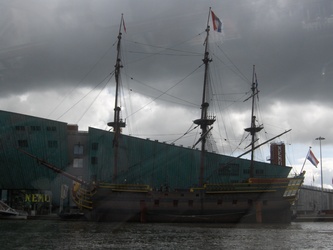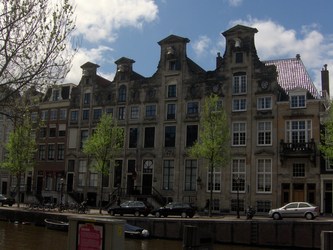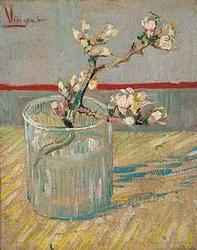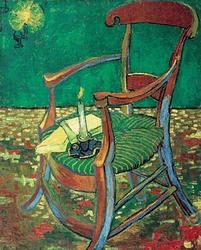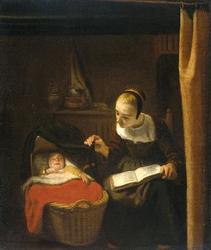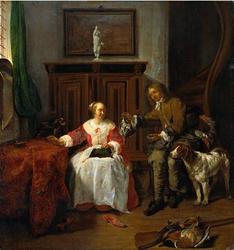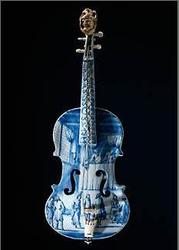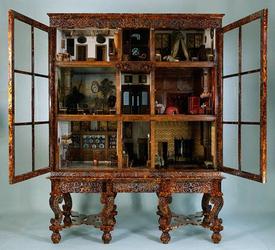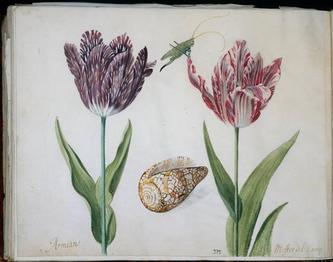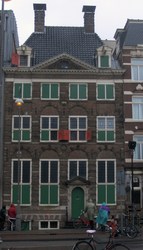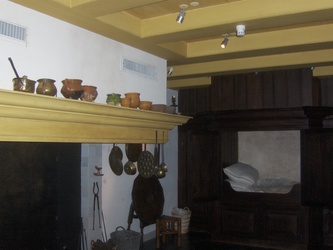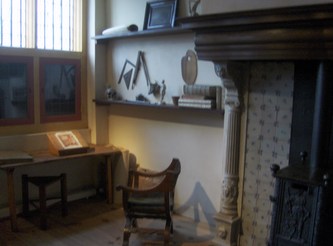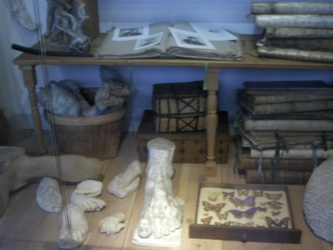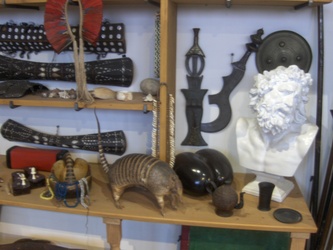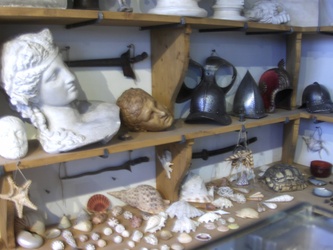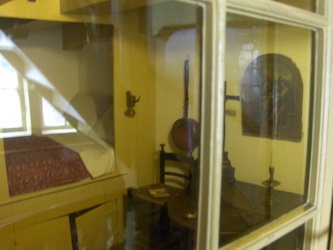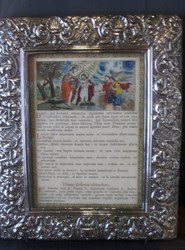|
|||||||
|
|
Amsterdam - Grachten, fietsen en pannenkoeken (Canals, bicycles and pancakes)Nadia HotelMy namesake hotel is located at Raadhuisstraat 51 and minutes on foot to the Dam Square and several tram lines that run to the museums and beyond the city center. I thought perhaps the owner had named the hotel after his wife or a daughter, but he told me "Nadia" is a woman's name in many countries and he chose it because it is an international name and his guests come from all around the world. The place has gargoyles on the roof, incredibly steep staircases and curiously shaped guestrooms, a soundtrack of the Westerkerk's 50 carillon (tuned) bells and hour bell which ring on the hour, at 15 minutes past, and at 15 minutes to the next hour, and a large and accommodating family who go the extra mile to ensure their guests are comfortable, secure, and enjoying the attractions of Amsterdam. At street level there are several shops and restaurants, including a good pancake kitchen.
Canals and TulipsCanals, boats and tulips are ubiquitous here. Some of the old canal houses are slowly sinking on their pilings, and I found a very crooked row of them near the Our Lord in the Attic museum. On different days the homes reminded me either of Christmas gingerbread or a mouthful of crooked teeth.
At the floating flower market (a collection of large garden shed shops atop barges), bunches of 50 tulips are selling for only 5 Euros, approximately US $6.43 at the current exchange rate. Queen's Day CelebrationsApril 30th is a public holiday in the Netherlands to commemorate the Queen's birthday. The photos don't really do it justice and you have to see it to believe it. Young people from all over the city and all over Europe converge on Amsterdam wearing orange clothes and crowns to parade along the canals, drink Heineken, sing traditional songs at the pubs, and dance to thumping club music while drinking and standing upright on moving barges that are sometimes spraying confetti or soap bubbles. Because it was raining quite heavily in the morning, the party got started around 10am and ran very late into the night after the weather cleared. On every side street, neighbors were out on their steps drinking or having tag sales and the entire city was one big, loud party.
In the aftermath, an army of street sweepers and garbage collectors with long, old fashioned brooms of branches (like a witch's broom) cleaned the streets of all evidence of the celebrations in one day. A boat ride on the canalsOn my last day in Amsterdam I enjoyed a boat tour of the harbor and several canals. The boats have glass sides and ceilings and ride low in the water. The photos include some canal houses on Damrak that sit right on the water, what I believe is a ship once owned by the East India Company outside a new maritime museum, and a mansion on the "Gold Canal" where the city's wealthiest merchants built their homes. Some interesting facts about canal houses: they are traditionally very narrow and deep because historically there was a big tax based on the width of the front door; the houses have hooks and winches installed at the top of the facades to allow for hoisting furniture into the upper rooms through the windows; many of the mansions have little doors for the household helps' entrance beneath the grand staircases on the front of the buildings.
MuseumsVan Gogh Museum
http://www.vangoghmuseum.nl/vgm/index.jsp?page=425&lang=en§ion=sectie_museum This museum is hugely popular with visitors to Amsterdam. Among my favorite paintings (both from 1888 when Van Gogh was living with friend Paul Gauguin in Arles) were two still lives: a tiny study (24 cm x 19 cm), Sprig of Flowering Almond Blossom in a Glass and a depiction of Gauguin's chair by candlelight. Rijksmuseum
On the Sunday after Queen's Day it was pouring rain and 7 C (45 F) in Amsterdam, yet hundreds of visitors waited in the cold for an hour and a half to get into the Rijksmusem, myself included. For those who were not expecting the weather, museum volunteers periodically emerged and handed out umbrellas to the most soggy-looking in line. The Europeans are serious about their art. From the works of the Dutch Masters to Delftware, a magnificent doll's house and "tulip books," the Rijksmuseum encapsulates the richness of life in 17th century Holland. Amid the overwhelming treasures in the collection, here are some special objects (all pictures are courtesy of the museum and not my own): Young Woman at a cradle, Nicholas Maes - The painter has drawn back a curtain on the right-hand side of the picture to reveal the scene to the viewer, which is mirrored by the young woman drawing back the blanket sheltering the sleeping baby. The woman has rather large, crude hands, but her gesture and the artificial light illuminating the book and her skin are very delicate. Hunter's Present, Gabriel Metsu - Various objects in this painting symbolize an offering of love, but what I find most touching is the way the artist has placed the dog's chin on his master's knee. An ornamental Delftware violin A pyramid for tulips - Wealthy collectors who speculated in exotic tulip bulbs (introduced from Turkey) commissioned elaborate vases in which to display them. This one can hold 36 flowers. Petronella Oortman's doll's house - This work was commissioned by a wealthy lady and contains miniature sets of Chinese porcelain, a silver service, rugs, etc. all to scale, in addition to a family of dolls. According to the museum literature, it cost as much to create this fantastic imaginary home as it would have to have purchased a real canal house of the time. Tulip book, Jacob Marrel - A painted catalogue of flowers from which collectors would make their selections for purchase. Rembrandt House
This museum was a wonderful diversion during what has continued to be a week of cold, rainy weather. Rembrandt purchased this large home in 1639 coincident with an upswing in his career, but failed to pay the mortgage and went bankrupt in 1656. Many of his possessions now reside in the museum. With the exception of a narrow little staircase illuminated by lamp light, the rooms of the home all have high ceilings, are quite spacious and have either a fireplace or stove to warm them. Even the maid had a "box bed" in the kitchen right next to the fireplace which looked very cozy. The rooms containing Rembrandt's amazing collections of armor, seashells, taxidermied animals, plaster busts, coins and books (many of which appear in his paintings), and his studio on the North side (front) of the house facing the canal made it very easy to imagine the artist in his prime surrounded by pupils, models, and collectors. Ons' Lieve Heer op Solder (Our Lord in the Attic)
Three 17th century canal houses purchased and integrated together make up this museum which is currently undergoing renovation in certain rooms. It has a wonderful parlor with paintings hung salon style on the walls and a kitchen with Delftware tiles depicting an amazing range of subject matter from animals (camels to mice) and children's games. The secret of this house is a Catholic church that extends the length of the three attics of the houses (the Catholic mass was forbidden in the 17th century). Unfortunately the altar, organ, and pews have been removed while a research is conducted on what the original colors of the painted interior were, but the visitor can experience what it must have been like to worship in the rafters while a watery sunlight streamed in from the canal-facing window. A little "between room" constructed under the floor of the church and perhaps used by a chaplain has a box bed and simple furnishings. Also on display were several prayer boards with lavish silver frames. |
||||||
|
|
|||||||
